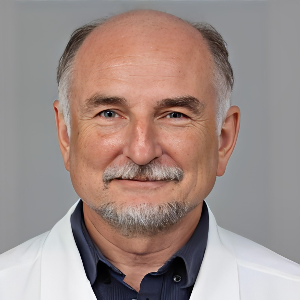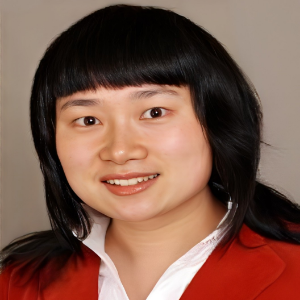The phrases lyophilization and Freeze Drying are equivalent. Lyophilization is widely used to inease the shelf life of perishable goods or facilitate shipping. During the lyophilization process, a substance is frozen, and then the pressure is lowered and heated to sublimate the frozen water.
Fractional Phase
Numerous techniques can be used to freeze the product. The three methods of freezing are in a freezer, a cold bath (shell freezer), or a shelf of a freeze dryer. If the substance is chilled below its triple point, it will sublimate rather than melt. It maintains its physical shape as a result.
Phase of Primary Drying (Sublimation)
The material is heated and the pressure is decreased in the second stage of lyophilization in order to cause the water to sublimate. Ionically connected water molecules must be eliminated in order to accomplish this. The molecules' bonds are hatched by increasing the temperature above that of the primary drying phase. This keeps its physical form intact. The material is heated and the pressure is decreased in the second stage of lyophilization in order to cause the water to sublimate. Vacuum accelerates sublimation. Water vapour has the ability to undergo the Primary Drying (Sublimation) Phase on the cool condenser's surface. The material is heated and the pressure is decreased in the second stage of lyophilization in order to cause the water to sublimate. Vacuum accelerates sublimation. Water has a tendency to stick to and harden on surface. The vacuum pump is also shielded from water vapour by the condenser. The the cold condenser's substance is water.

Vladlen Slepak
University of Miami Miller School of Medicine, United States
Yong Xiao Wang
Albany Medical College, United States
Consolato M Sergi
Universities of Alberta and Ottawa, Canada



Title : The impact of metal-decorated polymeric nanodots on proton relaxivity
Paulo Cesar De Morais, Catholic University of Brasilia, Brazil
Title : Hepatotoxic botanicals-shadows of pearls
Consolato M Sergi, Universities of Alberta and Ottawa, Canada
Title : Exploring classical ayurvedic drugs in hypertension
Prashant Bhokardankar, Datta Meghe Ayurved College, India
Title : Principles and standards for managing healthcare transformation towards personalized, preventive, predictive, participative precision medicine ecosystems
Bernd Blobel, University of Regensburg, Germany
Title : Personalized and Precision Medicine (PPM) as a unique healthcare model based on design-inspired biotech- & biopharma-driven applications to secure the human healthcare and biosafety
Sergey Suchkov, N.D. Zelinskii Institute for Organic Chemistry of the Russian Academy of Sciences & InMedStar, Russian Federation
Title : Antibody proteases as translational tools of the next step generation to be applied for biopharmacy related and precision medical practice
Sergey Suchkov, N.D. Zelinskii Institute for Organic Chemistry of the Russian Academy of Sciences & InMedStar, Russian Federation
Title : Easily injectable, organic solvent free self assembled hydrogel platform for endoscope mediated gastrointestinal polypectomy
Hitasha Vithalani , IIT Gandhinagar, India
Title : Cognitivevoice: Novel machine learning model leveraging acoustic features to predict future cognitive decline in Parkinson’s Disease
Aadya Daga, Hamilton High School, United States
Title : Platelet-activating factor-receptor pathway mediates solar radiation-induced extracellular vesicle release in human keratinocytes
Ravi P Sahu, Wright State University, United States